Canela Sticks: 7 Sweet (and Spicy) Ways to Spice Up Your Life
There’s something magical about walking into a kitchen that smells like cinnamon—or rather, canela. But wait—what exactly are canela sticks? Are they the same as cinnamon? And if not, what makes them special?
In this article, we’ll unwrap the mystery behind these fragrant bark rolls. Whether you're simmering hot cider, spicing up your rice pudding, or just curious about adding more depth to your spice rack, canela sticks might be the next big thing in your pantry.
Table of Contents
- What Exactly Are Canela Sticks?
- Canela vs. Cinnamon: What Sets Them Apart?
- 7 Delicious Ways to Use Canela Sticks in the Kitchen
- Buying Guide: How to Choose the Best Canela Sticks
- How to Store Canela Sticks for Maximum Flavor
- The Health Benefits of Canela
- Fun Fact: Did You Know…?
- Conclusion
What Exactly Are Canela Sticks?
Canela sticks are the rolled inner bark of certain trees from the Cinnamomum genus. The word “canela” comes from Spanish and literally means “cinnamon,” but in many Latin American countries, it refers specifically to a sweeter, smoother type of cinnamon often associated with Mexican cuisine.
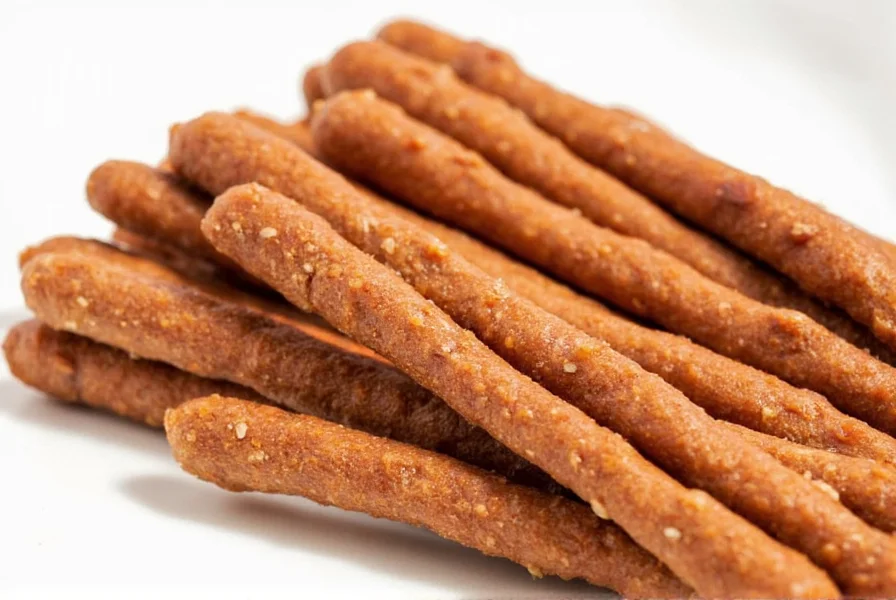
Unlike the harder, more intense Cassia cinnamon commonly found in North America, canela is softer, more aromatic, and has a less bitter aftertaste. It’s often sold in delicate, flaky quills that crumble easily, making it ideal for both savory and sweet dishes.
Canela vs. Cinnamon: What Sets Them Apart?
You might be wondering, “Wait, isn’t canela just another name for cinnamon?” Well, not quite. Here's a quick comparison:
| Feature | Canela (Mexican Cinnamon) | Cassia Cinnamon |
|---|---|---|
| Scientific Name | Cinnamomum zeylanicum (sometimes) | Cinnamomum cassia |
| Texture | Soft, flaky bark | Hard, thick bark |
| Taste | Sweet, floral, subtle | Strong, spicy, slightly bitter |
| Coumarin Content | Very low | High (can be harmful in large doses) |
| Common Use | Mexican desserts, stews, beverages | Baked goods, Asian cuisines |
So, while they may look similar at first glance, the differences between canela and Cassia cinnamon are significant, especially when it comes to cooking applications and health considerations.
7 Delicious Ways to Use Canela Sticks in the Kitchen
Ready to put those canela sticks to work? Here are 7 practical, tasty, and creative ways to use them:
- Spiced Hot Chocolate: Stir a canela stick into warm milk while making homemade hot cocoa—it infuses the drink with warmth and aroma.
- Arroz con Leche: Add a canela stick while simmering the milk for this classic rice pudding to elevate its flavor profile.
- Spiced Coffee: Brew your morning coffee with a piece of canela stick for a subtle, comforting twist.
- Pickled Vegetables: Toss a broken canela stick into brine solutions for pickled carrots or jalapeños for a hint of sweetness.
- Mole Sauce: A staple ingredient in traditional mole recipes, canela adds depth and warmth to the complex sauce.
- Apple Tea: Simmer apple slices with water, honey, and a canela stick for a cozy, healthy beverage.
- Dessert Toppings: Crush dried canela sticks into powder and sprinkle over churros, flan, or even oatmeal cookies.
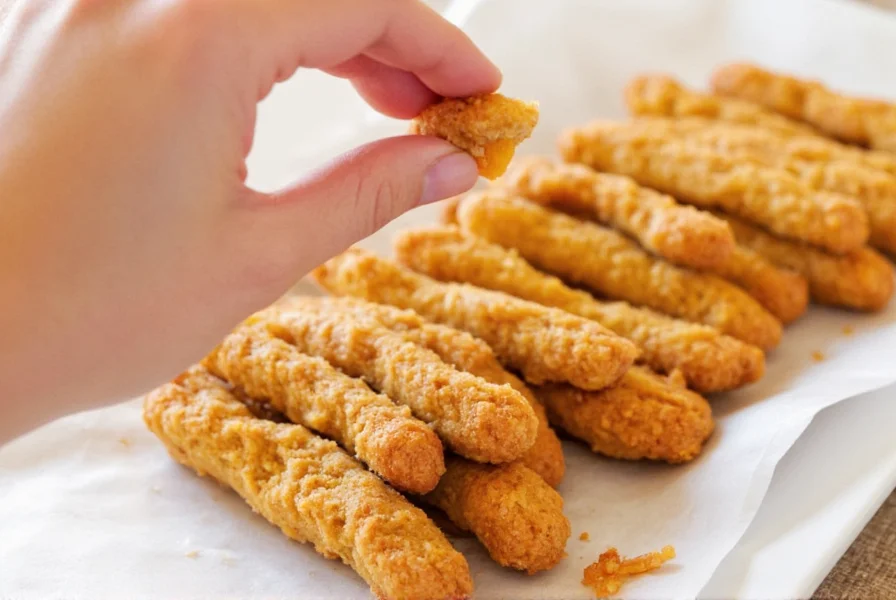
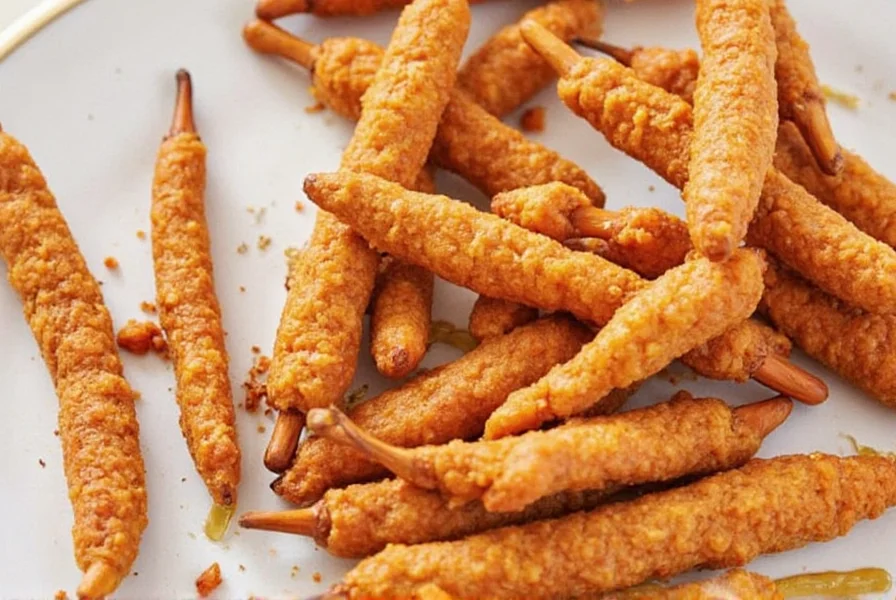
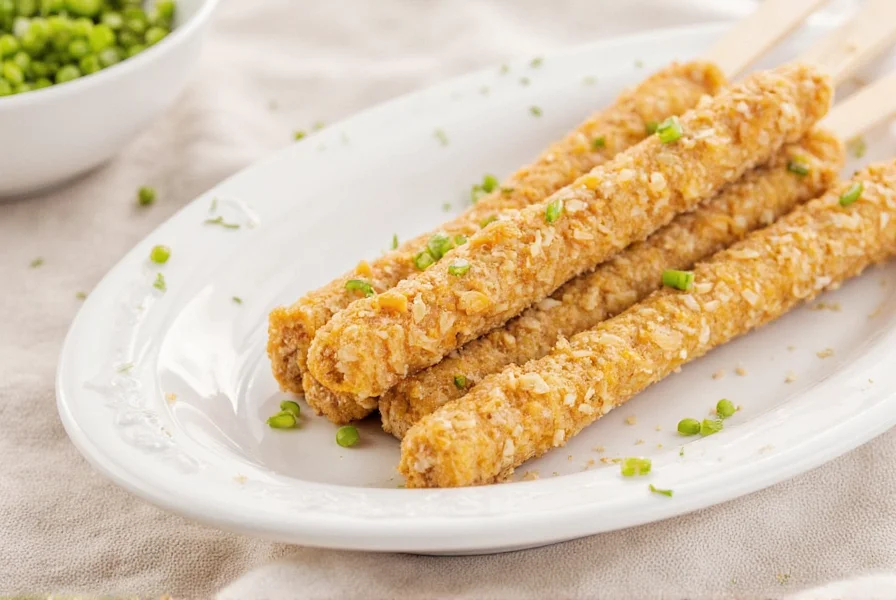
Buying Guide: How to Choose the Best Canela Sticks
Not all canela sticks are created equal. Here’s how to spot high-quality ones:
1. Look for Authenticity
True Mexican canela usually comes from the species Cinnamomum zeylanicum, though sometimes it’s mixed with other regional varieties. Always check where it was sourced. Mexican imports are often labeled clearly as “canela.”
2. Texture Matters
Real canela should feel lightweight and brittle. If it feels heavy and rock-solid, it might be Cassia masquerading as canela.
3. Smell Test
Good canela has a sweet, earthy aroma. If it smells sharp or overly woody, it’s probably old or of lower quality.
4. Visual Inspection
Canela sticks tend to be thinner and have a layered, almost papery appearance. Cassia is thicker, darker, and more rigid.
5. Recommended Brands
| Brand | Features | Best For |
|---|---|---|
| La Flor de Jamaica | Pure Mexican canela, hand-rolled | Traditional recipes, drinks |
| Don Julio Natural Canela | Whole sticks, sustainably harvested | Cooking and baking |
| Epicurean Harvest Organic Canela | Organic certified, ethically sourced | Health-conscious users |
How to Store Canela Sticks for Maximum Flavor
To keep your canela sticks tasting fresh and fragrant:
- Airtight Containers: Store them in a sealed glass jar or plastic bag away from light and moisture.
- Cool, Dark Place: A kitchen cabinet or pantry works perfectly.
- Grind Fresh When Needed: Whole sticks retain their potency longer than ground canela.
- Check Expiry Dates: While they don’t spoil, their potency fades after about 2–3 years.
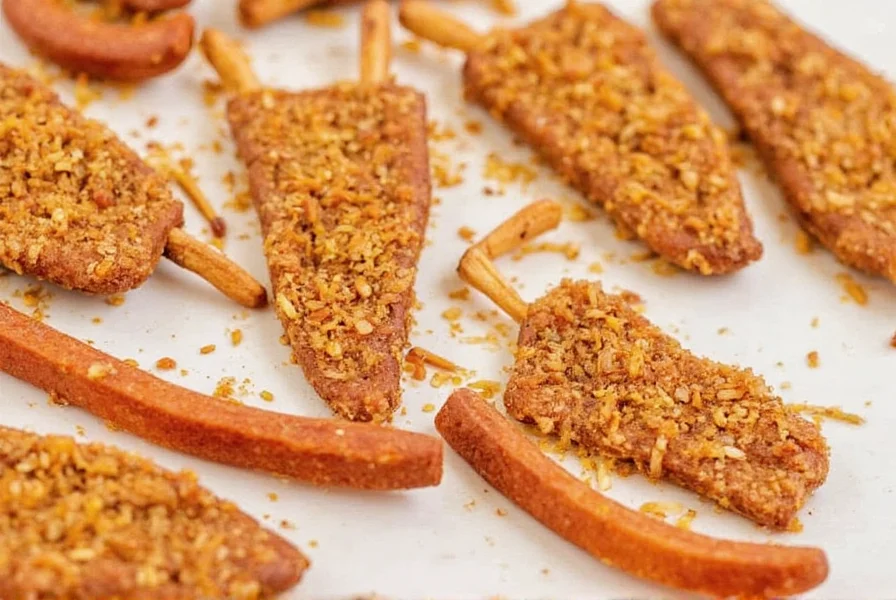
The Health Benefits of Canela
Canela isn’t just a flavor booster—it also offers several health benefits:
- Antioxidant Powerhouse: Rich in polyphenols that fight oxidative stress.
- Anti-inflammatory Properties: May help reduce inflammation in the body.
- Blood Sugar Regulation: Some studies suggest it can improve insulin sensitivity.
- Digestive Aid: Known in traditional medicine to soothe stomach discomfort.
Fun Fact: Did You Know…?
In Mexico, canela is often used during Día de los Muertos celebrations—not just in food, but in incense and decorative elements. Its sweet scent symbolizes warmth, remembrance, and comfort during this sacred time.
Conclusion
Canela sticks are more than just a pretty addition to your spice rack—they’re versatile, aromatic, and deeply rooted in culture and tradition. From enhancing your morning coffee to enriching a savory stew, these little bark quills pack a punch without overpowering your palate.
Whether you're a home cook looking to expand your flavor repertoire or a professional chef experimenting with global flavors, canela sticks deserve a place in your kitchen. With the right storage, selection, and usage tips, you can enjoy their unique taste and benefits for years to come.
Now go ahead—grab a stick (or two), and let your culinary creativity simmer!
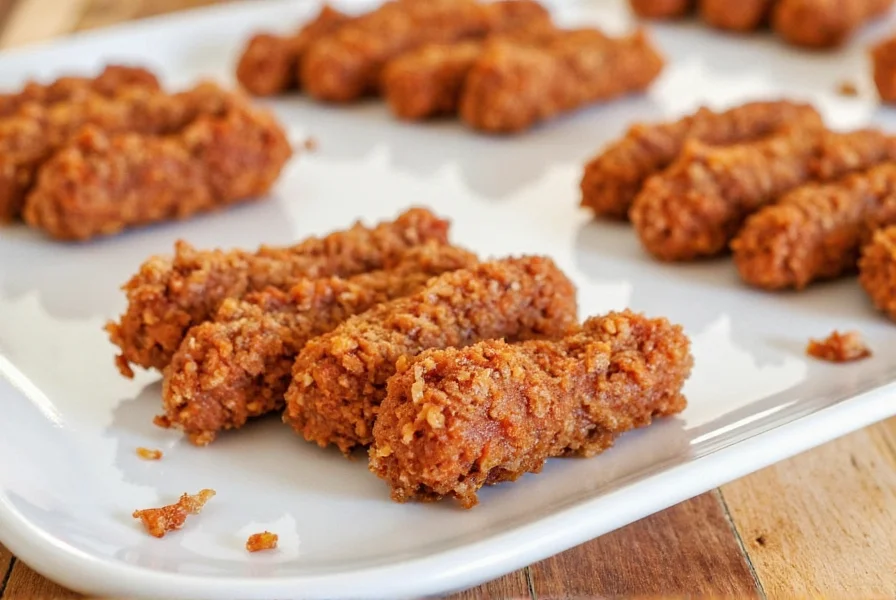

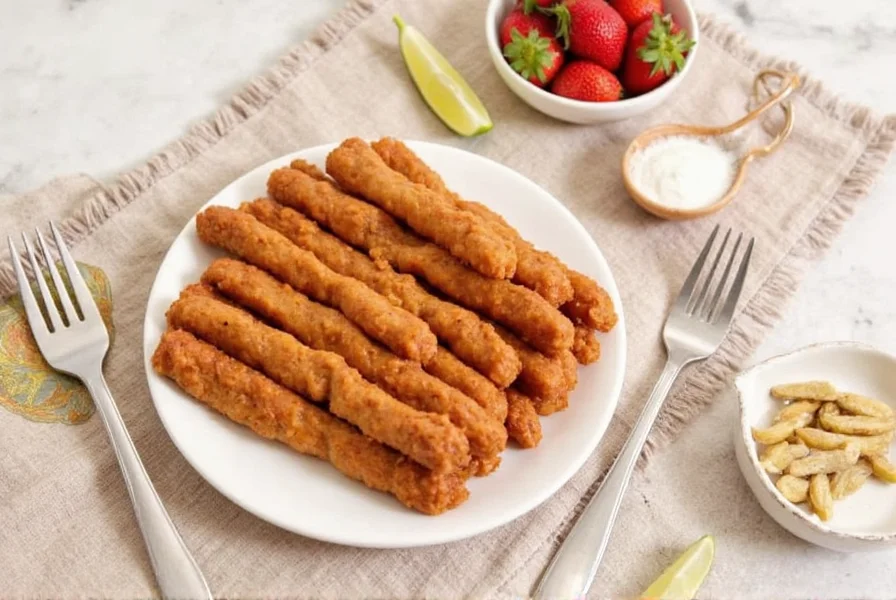









 浙公网安备
33010002000092号
浙公网安备
33010002000092号 浙B2-20120091-4
浙B2-20120091-4